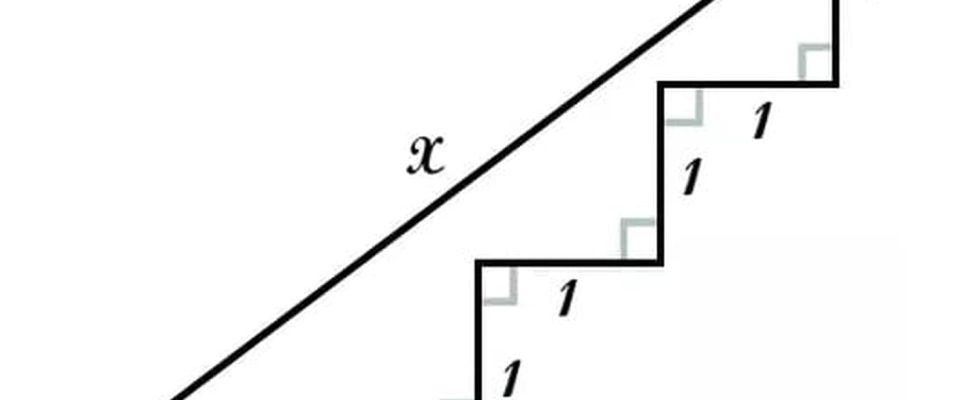This patent level geometry problem may seem complicated to you, yet it is very easily solved with a rule that is learned from the fourth. Up to you !
Are you up for the challenge of this college level math riddle? Although this geometry problem may seem complex, it can be solved easily using a rule you learned from the fourth. To start, here is the picture of the problem statement:

You discover above a geometric figure with several measures and right angles. To solve this problem, you are going to have to find the measure of X. Now take the time to carefully analyze the figure and think about the different information that is provided to you. Many measurements are present on this polygon and all will help you. By applying the geometric concepts you learned in college, you will be able to deduce the value of X. Do not hesitate to bring a paper and a pencil if necessary. Geometry is a branch of mathematics that studies shapes and spaces. It often requires tracings to adapt to our perception.
Once you think you have found the solution, you can check if your answer is correct with the figure below. Having trouble solving this geometry riddle? Can’t find the mathematical rule that should help you solve this problem? We are going to give you a little help: this is the Pythagorean theorem. Remember: this theorem is one of the fundamental concepts of geometry that establishes a relationship between the lengths of the sides of a right triangle.
In summary, in a right triangle, the Pythagorean theorem says that the square of the length of the hypotenuse (the side opposite the right angle) is equal to the sum of the squares of the lengths of the other two sides. That is, in a right triangle ABC, where the right angle is at angle C, if a, b, and c represent the respective lengths of sides BC, AC, and AB, then the Pythagorean theorem can be expressed as equation: a² + b² = c². In other words, if you know the length of two sides of a right triangle, you can use Pythagoras’ theorem to calculate the length of the third side. So here is the solution:

With the figure above, you can establish that one of the sides is 4 units in length, and the second is 3 units. With the Pythagorean theorem, it is possible to determine the length of X with the following formula: 4² + 3² = X². We can therefore write 16 + 9 = X² and more precisely 25 = X². To complete the exercise, simply calculate the square root of 25, i.e. 5.
The answer to this riddle is: X = 5.
